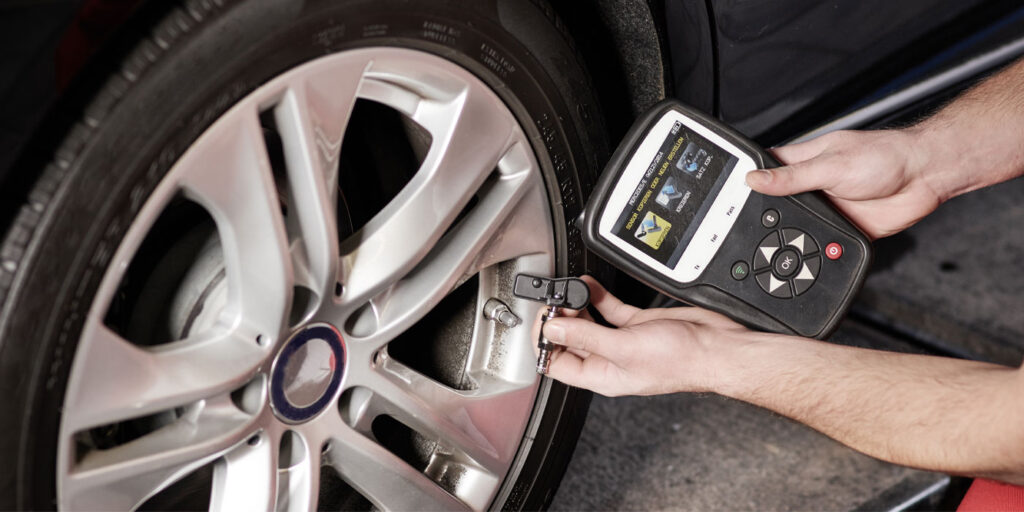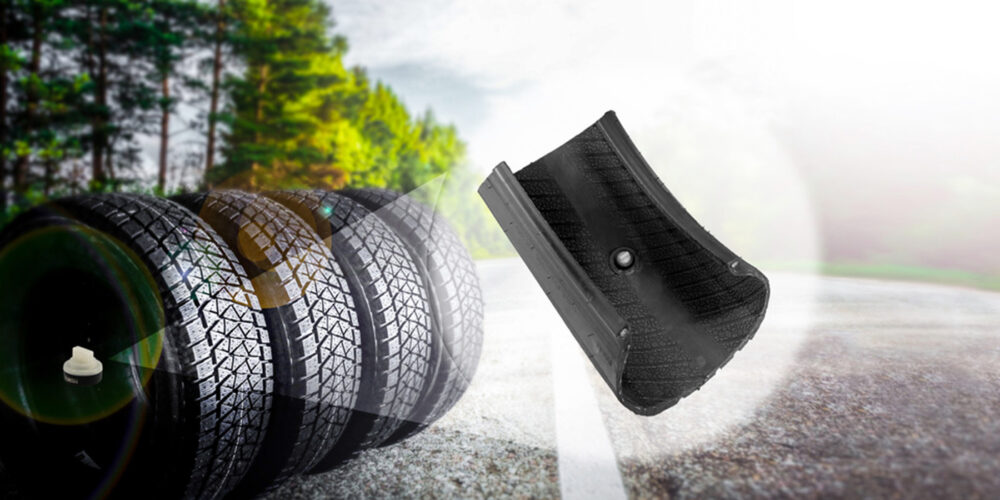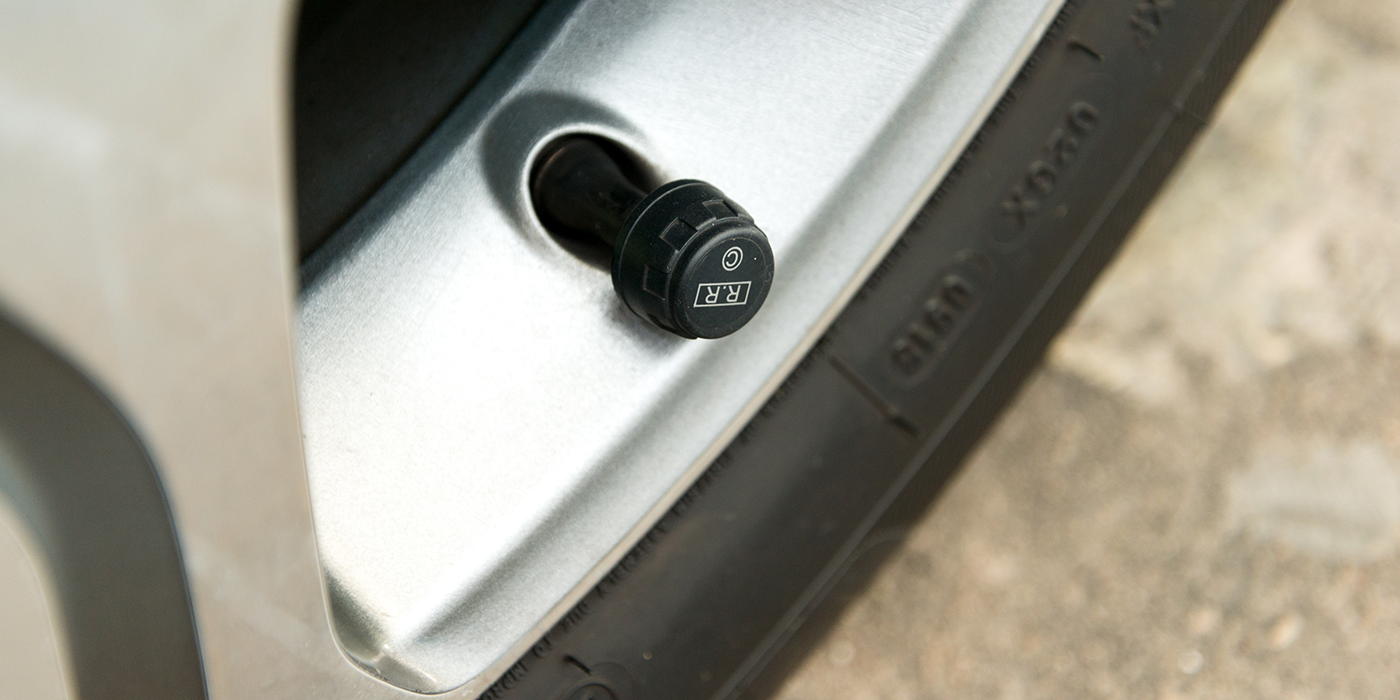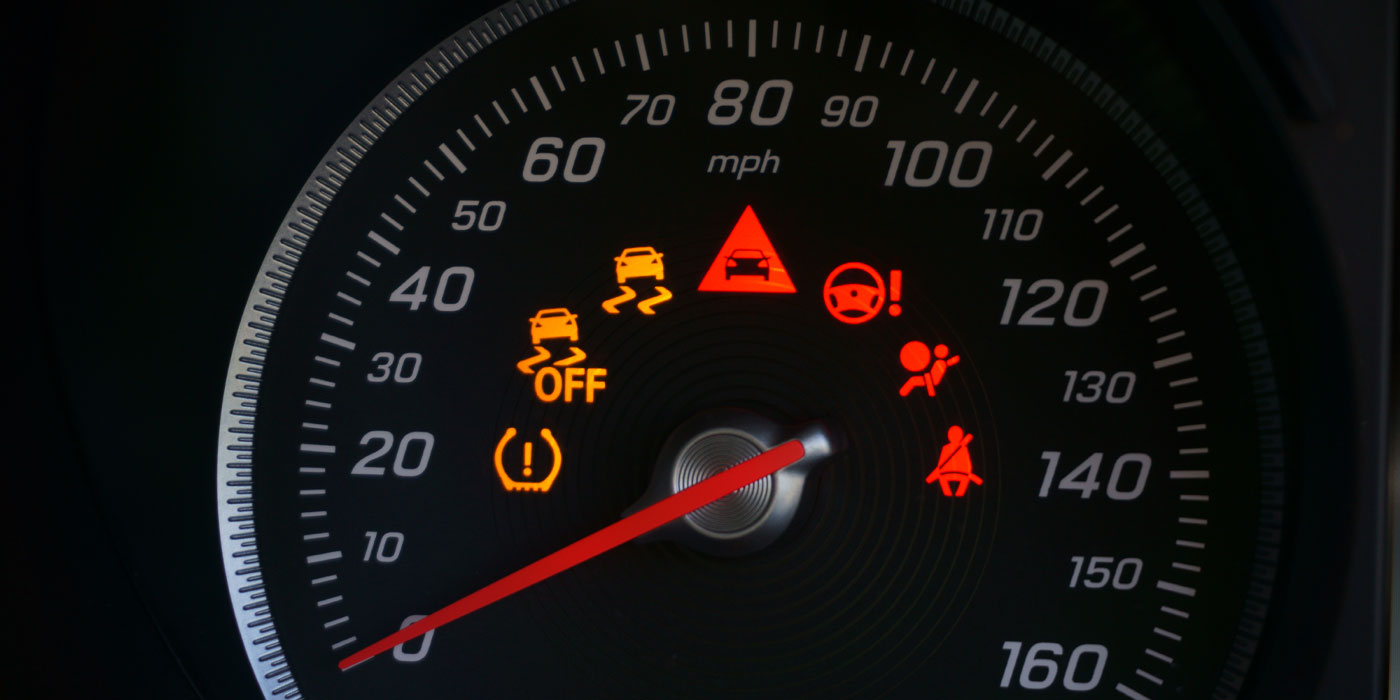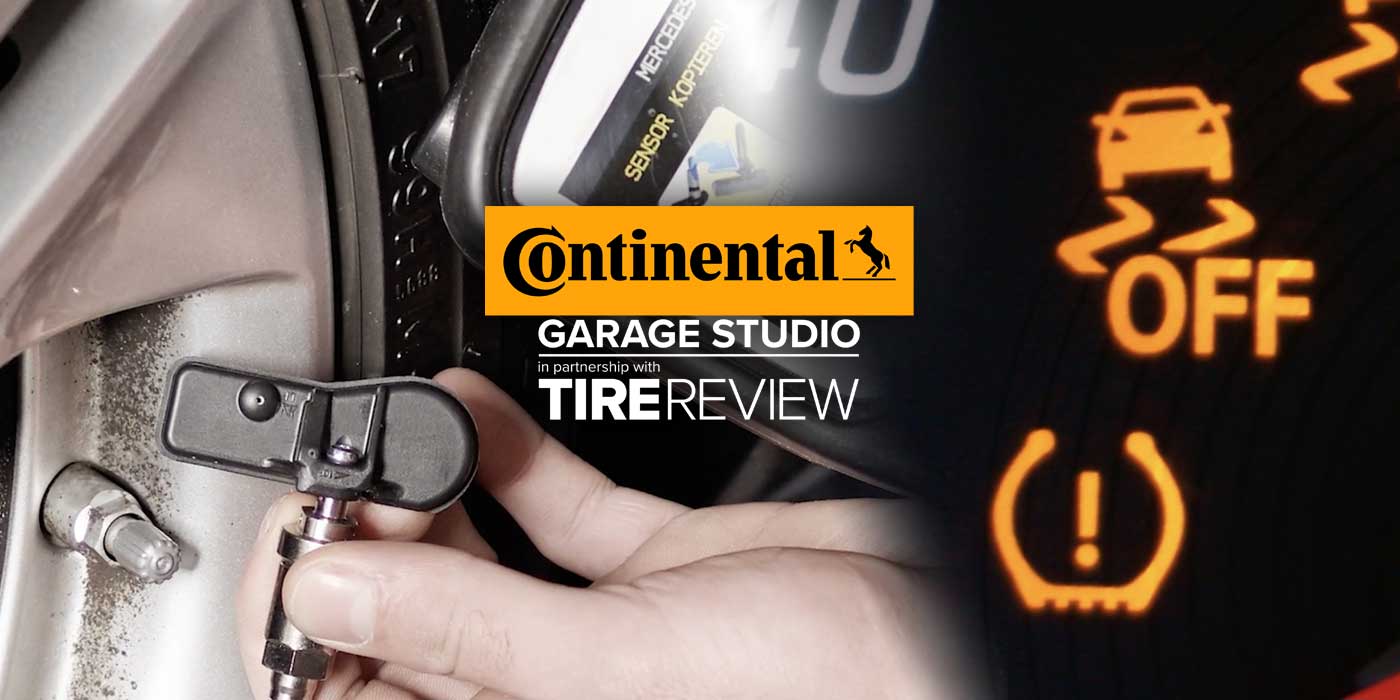Programmable TPMS sensors revolutionized TPMS. They are a huge benefit to shops looking to increase inventory turns and are a saving grace during these times of extreme part proliferation. However, a very common and costly mistake at the shop level is confusing “programming” a sensor with to “relearning” the vehicle. Programming does not equal relearning. The technician can go through all the typical TPMS service steps flawlessly and relearn the vehicle, only to find the TPMS light still illuminated on the dashboard.
Naturally, if the TPMS light is still on after a careful TPMS service, the sensor is assumed to be at fault and a call is made to the sensor manufacturer. The first question the hotline operator will ask is if they “programmed” the sensor before relearning it to the vehicle. Often in the industry, the terms “programming” and “relearning” are confused with each other or used interchangeably when in fact, that is completely incorrect. Let’s save your shop some time and money and explore the important difference between programming a sensor and relearning a vehicle.
Programming a sensor is an essential step when working with universal or “programmable” TPMS sensors. These sensors come completely blank out of the box and they need to be programmed (also referred to as “activated”) to the unique make, model and year of the vehicle being serviced. Without this step, you are inserting a blank sensor into the tire. The sensor will not transmit any signal to the ECU and the vehicle will think the sensor is missing. This will cause the TPMS telltale light to remain lit on the dashboard.
Think of it like your TV subscription service. You have to tell your TV what movie to play. It is a crucial step for you to enjoy movie night. If you don’t physically tell your TV what you want to watch, then nothing will play at all. It is the same with your programmable TPMS sensors. You have to tell the sensor which vehicle you want it to work for, otherwise, it won’t transmit anything at all. It must first be programmed to the make, model and year of the vehicle being serviced.
On the other hand, relearning a vehicle is a completely different step. The purpose of programming a sensor is to tell the sensor which vehicle it is being used for, whereas relearning the vehicle actually tells the vehicle which sensors are in which tires. The vehicle’s ECU records the four (or five) sensor IDs and their position so that the unique IDs installed in the tires are correctly recognized by the vehicle.
During a relearn, a compatible TPMS scan tool is used to “wake up” or “ping” each sensor, one at a time, and the sensor’s individual ID is stored. Once completed, the vehicle knows where to get its readings and how to display each tire’s individual pressures correctly, if the vehicle has a wireless auto location feature. A relearn is required any time a new sensor ID is introduced to the vehicle or when the tires are rotated.
It is very important to train your shop on the difference between programming a sensor and relearning a vehicle as they serve completely different purposes when it comes to proper TPMS service. These two functions each serve as unique steps and are both equally important. Without both properly performed, the TPMS light will remain illuminated after service.
Jacki Lutz is the Global Head of Communications, Training and E-Commerce for Schrader TPMS Solutions, a global leader in TPMS. She is a TIA ATS instructor and serves on a variety of industry boards.

